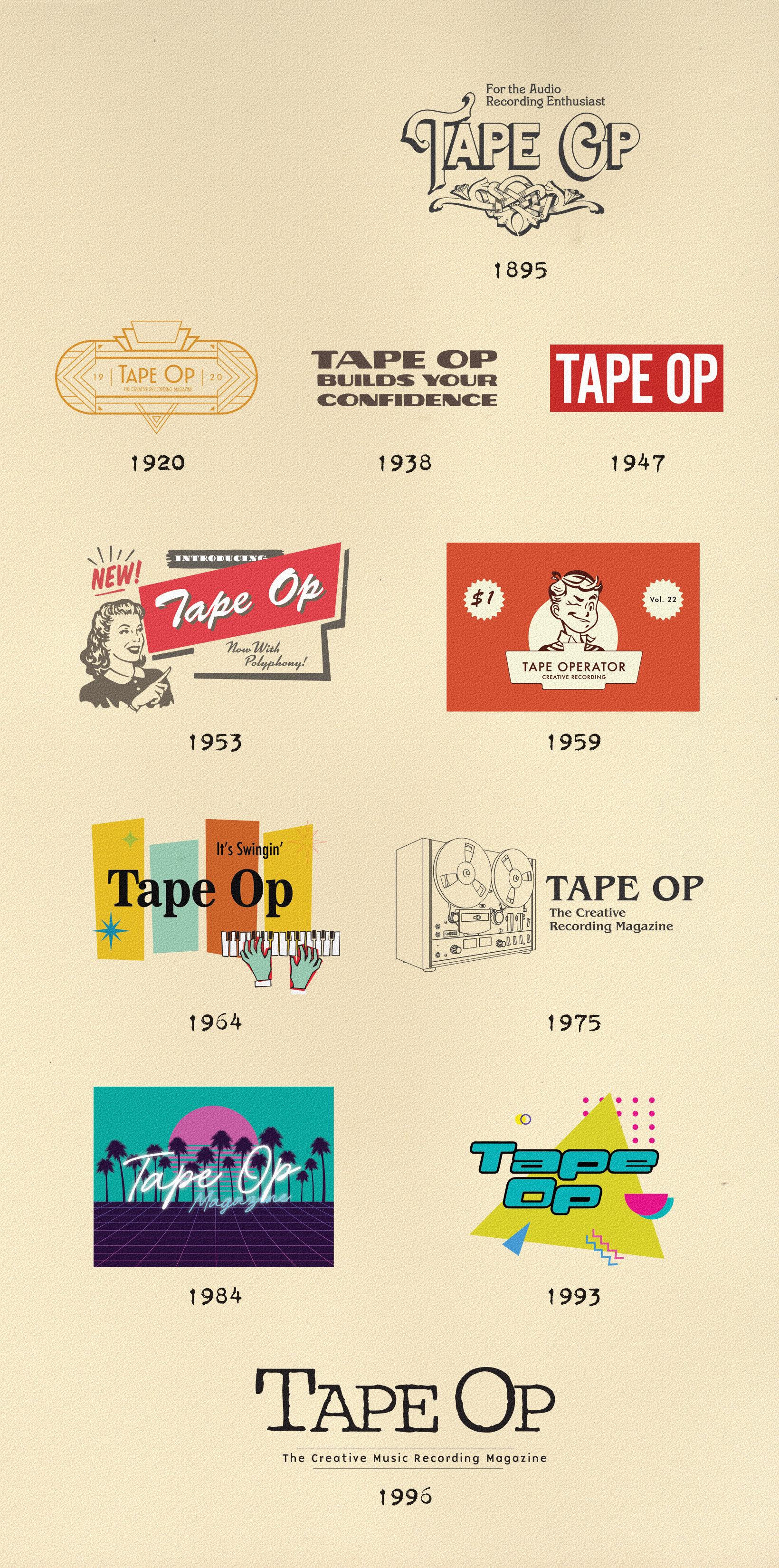As noted in my review of their new 32Classic console [Tape Op #159], in the of classic records, Harrison Audio had just as formidable a studio presence as console standard-bearers like Neve, MCI, API, and SSL. By the mid-‘80s, Harrison Audio had pivoted almost entirely to film and live sound, but before that their consoles played a part in more iconic studio recordings than we can count. While their new flagship console puts them squarely back in the pro audio world, it is a six-figure studio centerpiece. On the other side of the spectrum, they have recently launched a trio of 500 Series units: the 32Cpre+ (the preamp used in the 32Classic console), the Comp, and the MR3eq.
The original Harrison consoles went through a few different EQ circuit designs. While the new 32Classic features a 4-band, 2-filter circuit, with the MR3eq Harrison chose to recreate a favored circuit from a later revision of the original consoles. The single-channel 500 Series unit features three parametric bands: sweepable high and low bands with proportional Q, (both switchable between bell and shelf), plus a sweepable mid band with variable Q. In addition, there is a classic Harrison high-pass filter that can be engaged/disengaged separately from the EQ. The layout is simple, intuitive, and easy to dial in. As I was trying to carve a Wurlitzer part to sit into a relatively dense track, the high-pass filter was incredibly helpful, and the interaction between the low band and the filter was musical and fun to play with. I pulled out a bunch of low end, added a bit of low mid with the bell curve of the low band, shaved some honkiness out with a tight Q on the mid-band, and pulled out some detail and presence with the high shelf.
In many ways, the MR3eq offers the best of all worlds. The most apt word for this EQ is “complementary.” It often feels like every piece of gear or plug-in is trying to add color and saturation, and it’s genuinely a relief to grab an EQ whose primary goal is simply to equalize. Though it feels a bit sweeter and silkier than an SSL EQ, it plays a similar role, offering sonic accuracy and precision. It excels on acoustic instruments – I loved pushing the top end on Brian Poston and Ryan Humbert’s Gibson acoustic guitars while tracking an up-tempo honky-tonk tune. It’s great on rack toms and drum overheads. Though I would have loved to see that amazing Harrison low pass filter included as well, I appreciate the decision to honor this specific 3-band circuit from the company’s lineage.
And let's not ignore one of the MR3eq’s best features: its cost. At $399, it’s priced competitively with many other 500 Series EQs, but it certainly doesn’t feel or sound cheap. Harrison forgoes detented pots for unity gain, and one upgrade would be the ability to disengage any of the three bands by pulling the gain knob to bypass, but at this price that’s a perk I can live without. A 500 Series rack full of these and paired with decent mic preamps would be an affordable major upgrade for any tracking front end – particularly for overdubs where you’re looking to fit a part into a specific place in a track.




_disp_horizontal_bw.jpg)